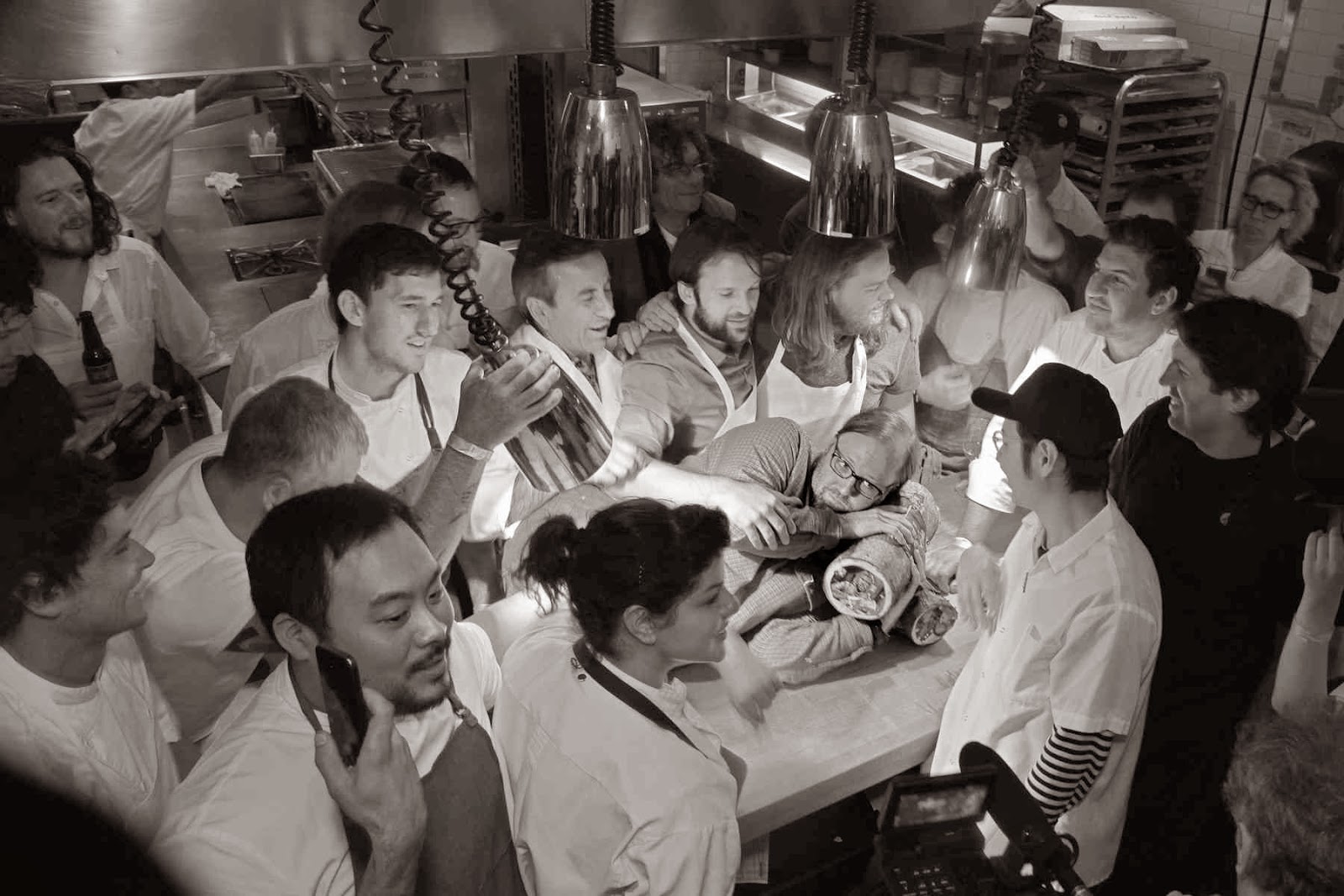Like Kingston, Port au Prince is one of those Caribbean cities where the heat, stench and oppressive humidity of the downtown waterfront has historically inspired all those with means to flee up into the cool, forested highlands. In the distant past they went there on the weekends to relax, and then, soon after the introduction of the automobile, to live. Petionville, several miles up a steep hill from the sweltering business district, is still synonymous with the economic elite, with refined dining and shopping for such things as charcuterie and champagne. But the one-time suburb has been all-but consumed by the Haitian capital's tremendous population growth; those seeking the tranquility of the forested highlands now need drive much farther uphill to find calm.
The mass exodus from downtown in the wake of the earthquake of January 2010 has further clogged the enclave. In the twenty years that I have been going regularly to Haiti, Petionville has spawned its own shanty-towns, impromptu hillside communities that began as opportunistic squats and have burgeoned into dense and undeniable concentrations of humanity. Paint has never been a priority for the residents of these often slapdash cinderblock boxes, which have spread, gray and sunbaked, farther and farther out around the hillsides on both sides of town.
On a trip last fall I was stunned to look up at this perilous, ever-evolving hillside and see a riot of color. Every tropical hue from the (hypothetical) Benjamin Moore Caribe collection seemed to be represented there, as if all the third-world's painters of charming wooden fishing boats had descended at once, brushes in hand, in a mad frenzy of civic improvement. Suddenly, the slums above Petionville looked like Valparaiso!
As much as I would have loved to learn that the citizens of this marginal, cliff-like community had banded together into a decorative council something like the competitive gardeners of Brooklyn front yards, I knew, or should I say I was quite certain, that some more grand imperial hand must be at work. How on earth did all these houses get painted in such a uniformly random cataclysm of colors? I asked our driver.
"Mateli te fel," he replied. President Martelly did it.
Not personally, I imagined.
Jobs had been created, I was assured, the people are really happy about it.
"They are intending to paint all of them," said my friend. "Eventually." One often finds in Haiti that things are wrapped in multiple layers of meaning. Often there is a surface explanation for events that, like a brilliant coat of tropically-themed paint, obscures other realities beneath. My friend decided that my pronounced interest merited the peeling off of some of the onion skin. "What I heard," he went on conspiratorially, "was that the owners of your hotel and some of the other new constructions around Petionville were complaining."
Our team was staying at the Oasis, a brand new, international style flying vee of a hotel, distressingly multi-storied in the still earthquake-ravaged country. I can attest that many of its rooms enjoy a panoramic view of the brightly painted cinderblock homes on the opposite hill.
"They spent all this money to build, but their guests were not seeing a pretty picture."
All that poverty was sullying the view, and nothing says "happy, contented natives" like lemon-yellow, guava-pink, passionate-purple, palm-frond-green and azure-blue.
Do I hate cynicism, revile and despise it? If so, then in this particular case I must confess I am filled with self-loathing.











